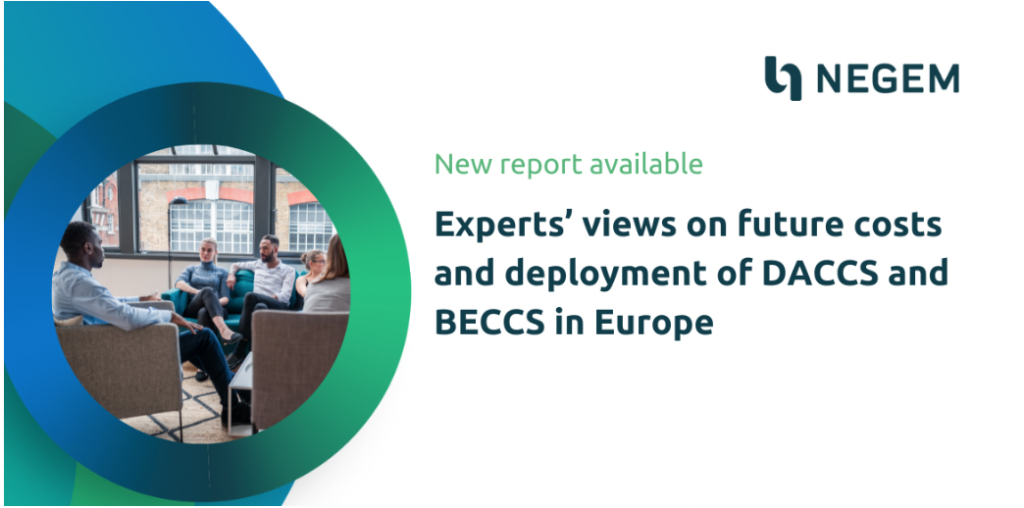To help deliver on net-zero promises, negative emissions technologies and processes (NETPs) which can capture CO2 from the air, such as direct air capture with CO2 storage (DACCS) or bioenergy with carbon capture and storage (BECCS), have been investigated. These technologies are still at the early stages of development and deployment but offer the promise of durable CO2 storage at scale so the main question is whether the costs, which are currently high, can be reduced to the point where these technologies can play an important role in carbon neutrality plans.

Reliable economic models projecting cost and upscaling pathways for DACCS and BECCS are needed by policymakers to design effective support mechanisms. These models require two types of inputs: the uncertainty surrounding relevant parameters and the expected best estimates for cost trajectories and the scale of deployment.
A recent study, by David Reiner, Manon Abegg, Lucrezia Nava and Zeynep Clulow, University of Cambridge, investigated the future costs and the uncertainties on deployment scale of DACCS and BECCS technologies in Europe in 2030, 2040 and 2050, as well as the implications for policy.
Carried out as part of NEGEM activities, this work gathered quantitative and qualitative insights from 34 DACCS and BECCS experts interviews. Experts were asked to estimate their 90% confidence intervals for future costs followed by their “best estimates”. Experts were also asked to estimate the expected scale of future deployment under two different policy scenarios, namely the IEA Stated Policies (STEPS) and Net Zero Emissions by 2050 (NZE) scenarios.



